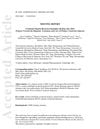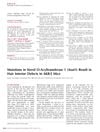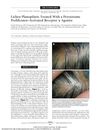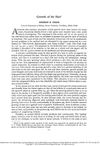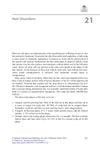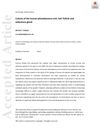Sebaceous Gland Abnormalities in Fatty Acyl CoA Reductase 2 (Far2) Null Mice Result in Primary Cicatricial Alopecia
October 2018
in “
PloS one
”
primary cicatricial alopecia sebaceous gland abnormalities patchy hair loss follicular dystrophy trichogranuloma lipidomic analysis wax esters unsaturated fatty acids saturated fatty acids triacylglycerols ceramides sebum homeostasis scarring alopecia hair follicle damage skin lipid profile skin oils
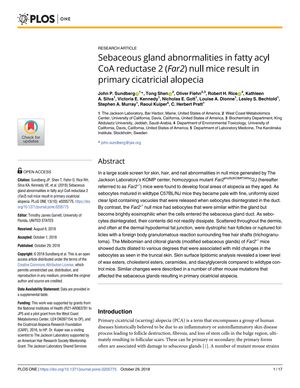
TLDR Deleting the Far2 gene in mice causes sebaceous gland issues and patchy hair loss.
The study on Far2 null mice revealed that the deletion of the fatty acyl CoA reductase 2 (Far2) gene led to primary cicatricial alopecia characterized by sebaceous gland abnormalities and patchy hair loss. These mice exhibited significant histologic changes, including follicular dystrophy, rupture, and trichogranuloma formation. Lipidomic analysis showed altered skin surface lipid profiles, with decreased levels of wax esters and unsaturated fatty acids, and increased levels of saturated fatty acids, triacylglycerols, and ceramides. The findings suggested that Far2 is crucial for maintaining normal sebaceous gland function and hair follicle integrity, and that altered sebum homeostasis played a significant role in the pathogenesis of primary cicatricial alopecia.
